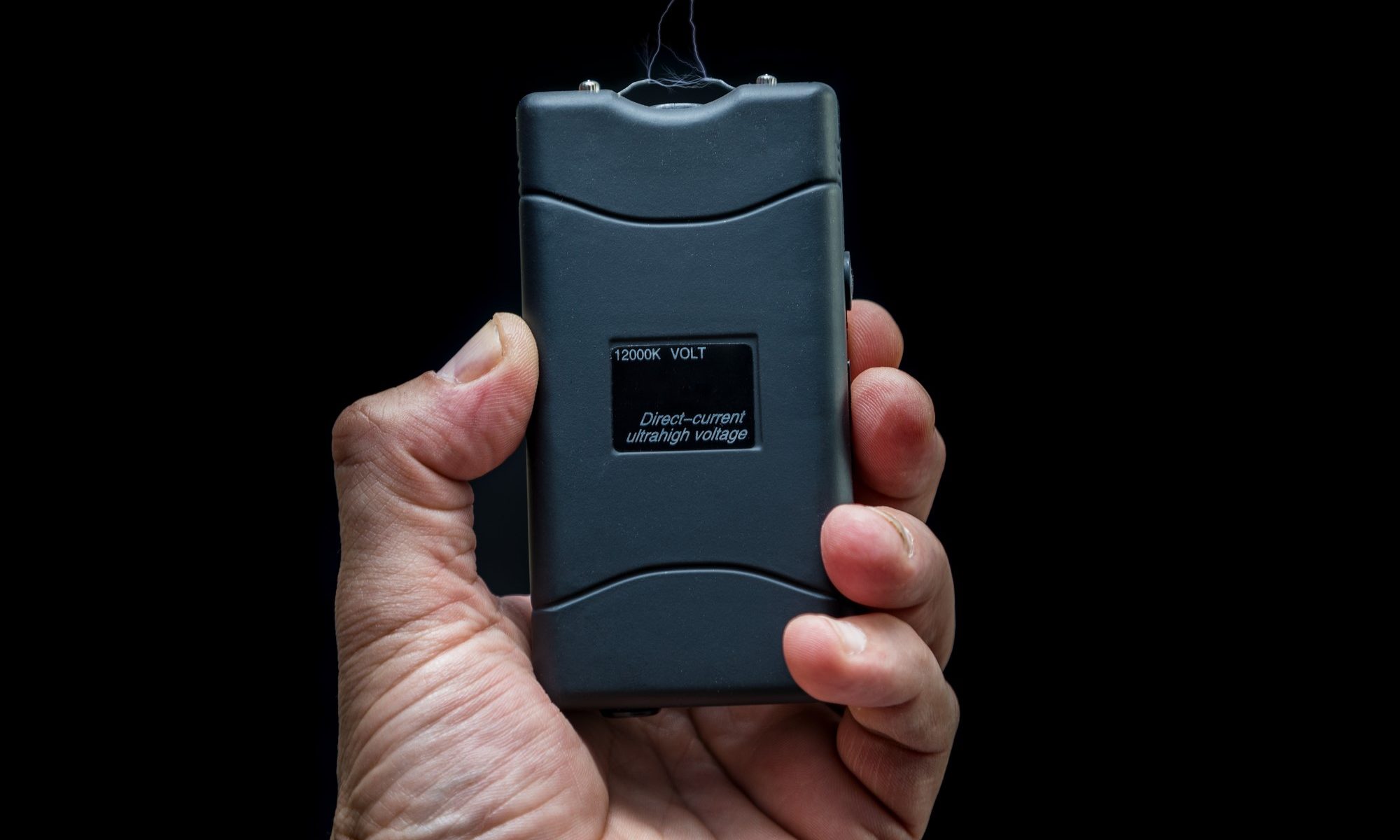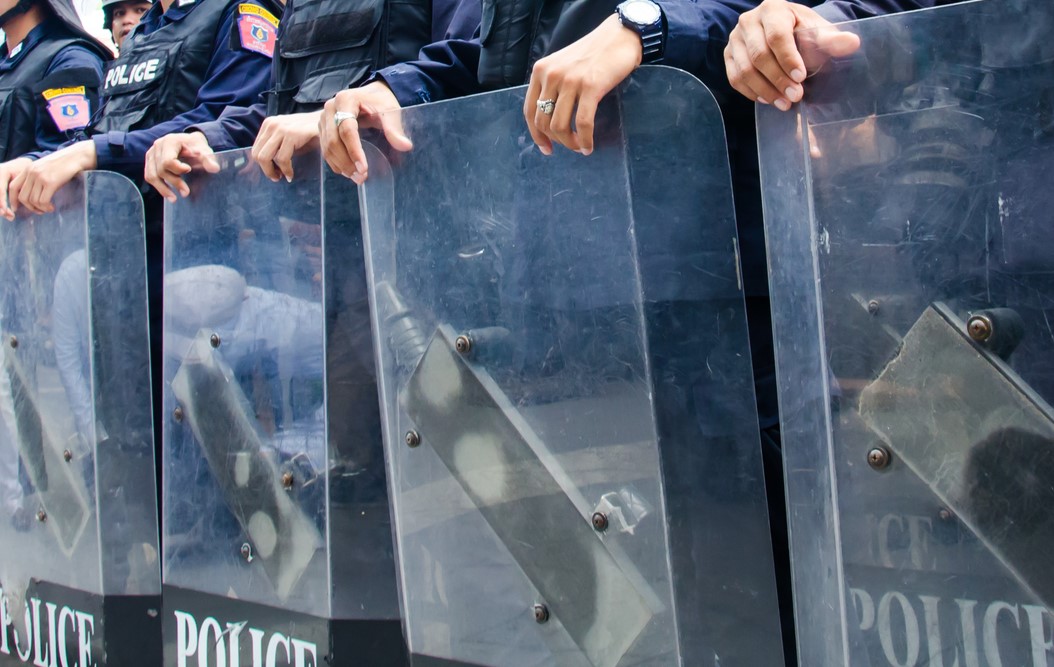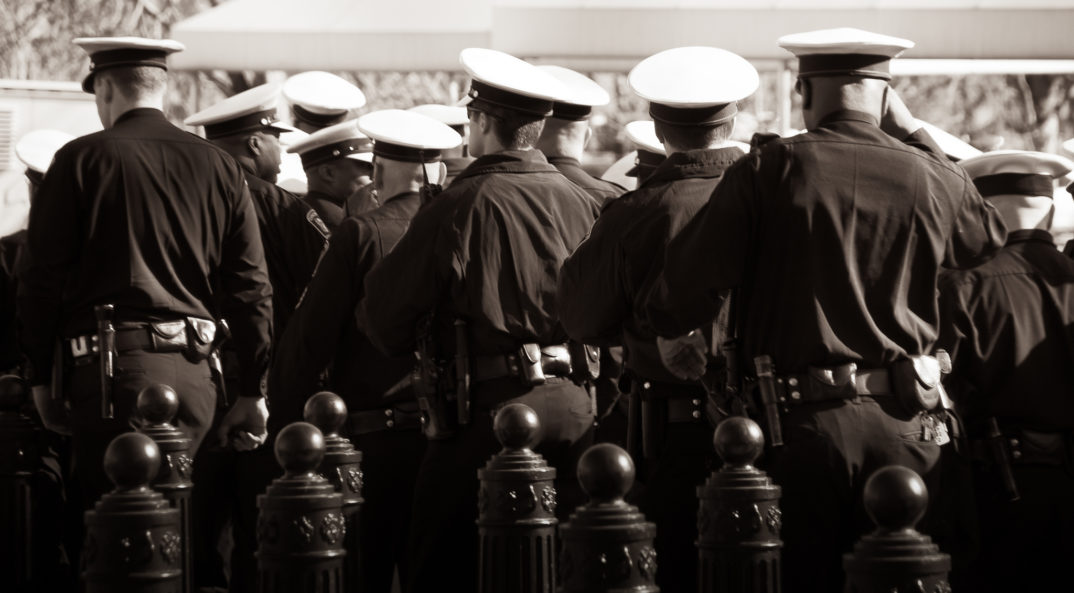Recently a Sheriff’s Deputy in Florida was charged with culpable negligence for tasing a fleeing suspect soaked in gasoline and so causing a fire that resulted in second and third degree burns over seventy-five percent of the man’s body. Should the Deputy be criminally liable in such unusual circumstances? Hard cases make bad law, the saying goes. That is, good law is based on common, ordinary occurrences, rather than on rare and extraordinary ones. But the case does raise issues about something quite common but, unfortunately, less and less discussed: the wide-spread use of Tasers by law enforcement in America. Civilian, non-federal police alone are involved in approximately 421,000 use-of-force incidents a year (cases where they resort to some sort of physical force) and deploy a Taser in 36% of these – making for over 150, 000 tasings a year. How concerned with Tasers should we be?
U.S. law enforcement agencies own nearly a million Tasers. “Taser” is a brand name, but it is often used generically to characterize many different energy-directed weapons that deliver painful and debilitating shocks to their victims. Originally marketed as “non-lethal,” Tasers are now supposed to be a “less lethal” alternative to the use of a firearm – although they can kill. Reporting practices make it difficult to say exactly how many people have died from being tased, but estimates suggest as many as a thousand people have been killed between 2000-2018 in the United States. Furthermore, since 2001 at least ten people have been shot by police officers who later said that they were attempting to draw their Taser, but mistakenly drew their service revolver and fired.
Still, might Tasers be a less lethal alternative to firearms? Actually, they don’t seem to be an alternative to firearms at all. The only comprehensive study of the question reviewed 36,112 use-of-force incidents by the Chicago police and found no evidence that carrying and deploying Tasers reduced the use of firearms or that a Taser played the role of substituting for the use of a firearm. In fact, the study’s principal investigator, Professor Jeffrey Grogger, said unequivocally, “We find no substitutions between Tasers and firearms.” Hence, despite widespread acceptance of the practice of police carrying Tasers, and using them as weapons of compliance, the reality is that tasing is often not a substitute for a firearm, but a form of intentional, or unintentional, torture.
“Torture” is standardly defined as “the action or practice of inflicting severe pain or suffering on someone as a punishment or in order to force them to do or say something.” When Tasers are used by the police in the United States to assure immediate, unhesitating compliance with police orders, they are torture devices. Lower voltages are even referred to by police themselves as “pain-compliance” settings. At higher voltages, tasing renders the victim completely physically incapacitated via neuromuscular spasms. But higher voltages are also, of course, quite painful.
So, tasing inflicts severe pain and suffering on people in order to force them to do or say what the police want them to do or say without hesitation or negotiation. Given that the Bill of Rights in general, and the Eighth Amendment in particular, with its ban on “cruel and unusual punishments,” are generally taken to prohibit torture by the United States’ government and its representatives, why is torture via Taser so widely ignored?
Police would argue that this is a mischaracterization of the purpose and use of Tasers. Typical policy statements by police (follow Axon Enterprises’, the company that still manufacturers the original Taser, model statement) reserve the use of Tasers to cases where the suspect is “violent or physically resisting” or “has demonstrated an intention to be violent or to physically resist and who reasonably appears to present the potential to harm officers, him/herself or others.” But then adds: or where the police have “a reasonable belief that an individual has committed or threatened to commit a serious offense.” In other words, the criteria start with violence but end up incredibly broad. Who doesn’t have the “potential to harm” or to commit an offense in the future?
Despite these issues, some experts, including, for example, the Stanford Criminal Justice Center, still advocate for the use of Tasers – if they are used in the right way. They say, for example, Tasers should not be used on children, pregnant women, the elderly, the mentally ill, and those under the influence of drugs. As they admit, however, it’s not always easy to tell if someone is pregnant, mentally ill, on drugs, or even that they are a child. Still, they argue, “The purpose of Tasers and other weapons is to subdue violent and dangerous individuals…and [should] never [used] on individuals who are passively resisting arrest.” Perhaps, then, it is the misuse, rather than the use, of Tasers we should be worried about.
If we are not going to eliminate, or very strictly limit, police use of Tasers, how do we ensure that Tasers are used in the right way by law enforcement? What should our goal be?
Maybe, we should end on the one unequivocally good thing about Tasers. They have, in fact, reduced the number of police injured in use-of-force events. “But,” as Professor Grogan puts it, it might “be better if the distribution of injury reduction was better split between [police] and suspects.”




